Music and the arts are central components of a Waldorf education. Every student across all four high school grades is expected to sing with the high school chorus, play in an instrumental ensemble, participate in class plays, and work with a wide variety of media in both Fine and Practical Arts including painting, drawing, woodwork, fiber arts, printmaking and more. Studio and performing arts are both integrated into Main Lessons and offered as stand-alone courses and electives in the high school years.
The reason we teach music goes much deeper than simply accessing the performing arts. Through music we refine the capacity to connect, harmonize, and resolve dissonance, to think and feel, to mature, and make sound judgement, to vibrate, tune, and move about the world with wholeness.
The art disciplines begin as early as pre-school, continue in various creative forms throughout the elementary school years, and are energetically pursued in the middle school and high school. Students at Steiner are familiar with drawing as an art form in many of their classes, as reflected in the careful descriptive work in their Main Lesson Books. Main Lessons Seminars in music and the arts include, among others, History Through Art (9), History Through Drama (9), History Through Music (11), Modern Art (12), and Senior Play (12). The arts are, first and foremost, a path for knowledge.

